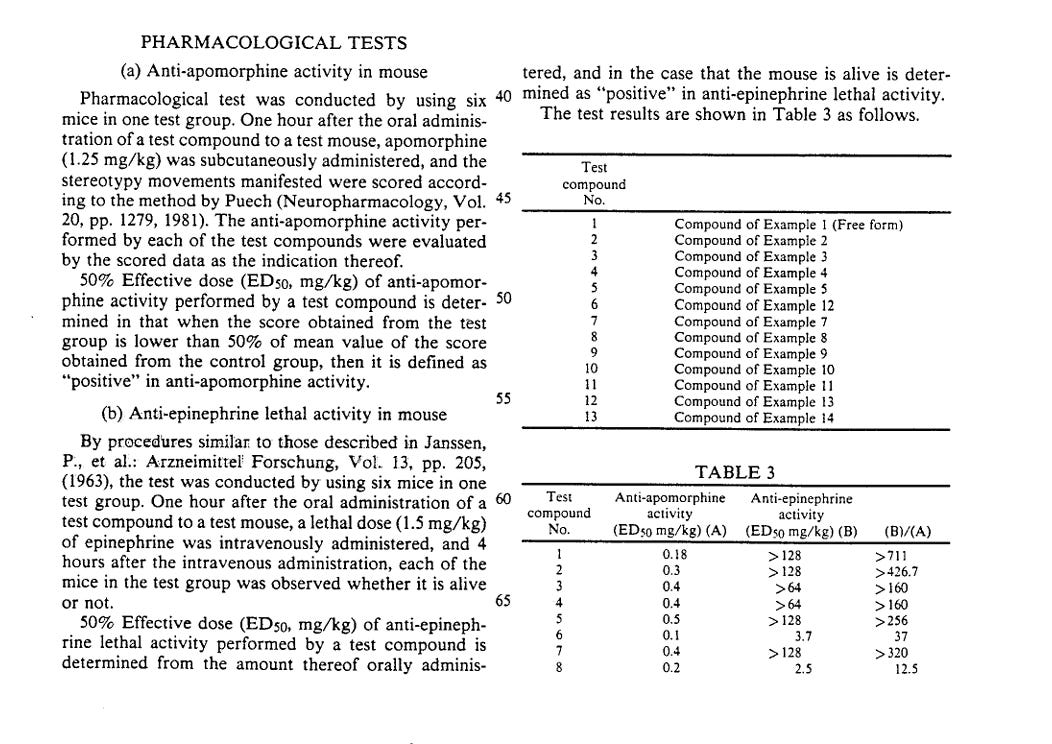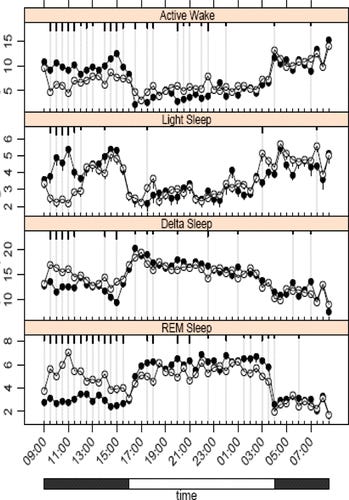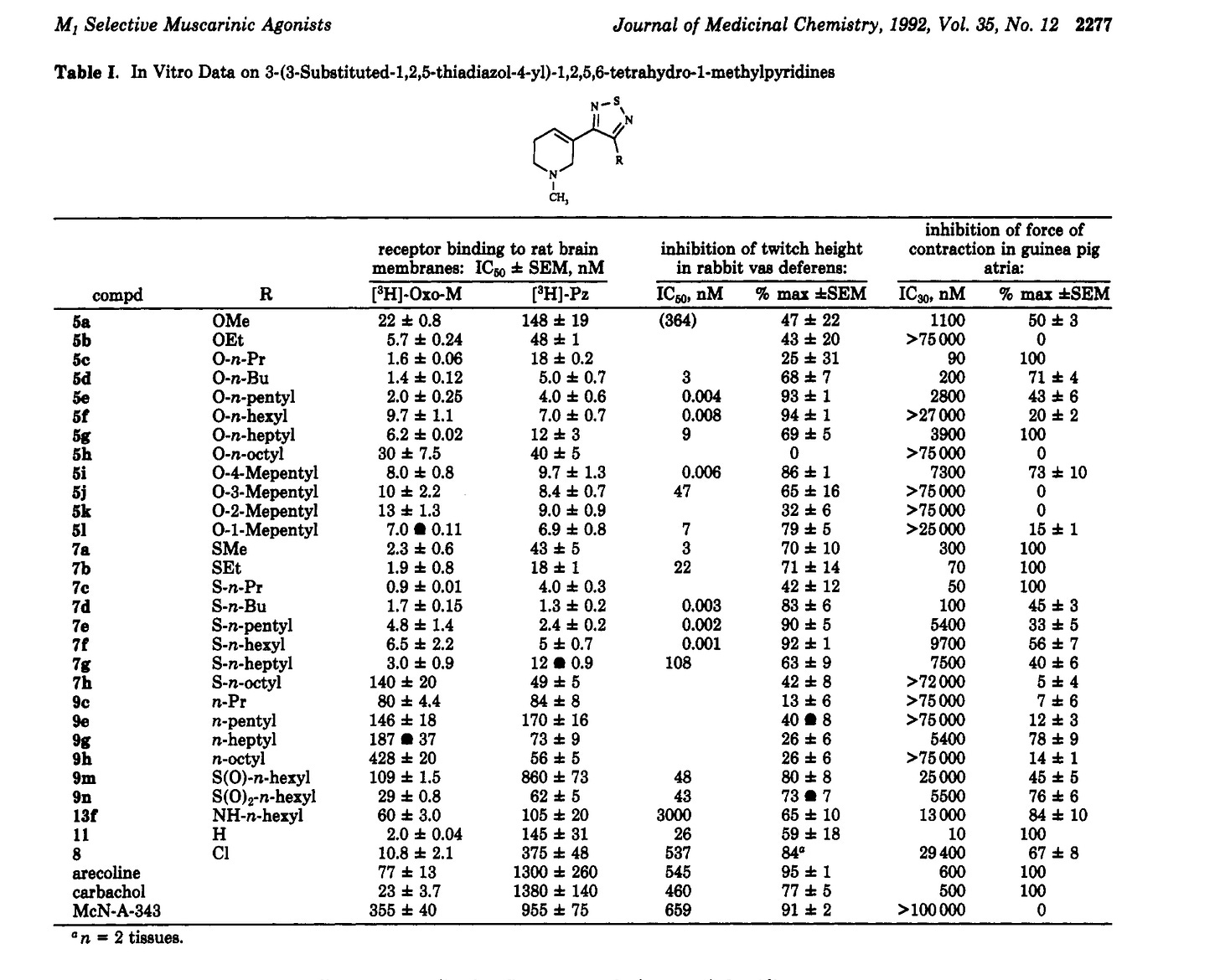Why animal models are useful for CNS drug discovery: Part 2
Animal models predict activity of novel psychiatric medications
As stated previously:
A major paper published 15 years ago (>2000 citations) stated:
“Perhaps the greatest disappointment with existing animal models of neuropsychiatric disorders is that they have failed, over several decades, to predict treatment efficacy in humans for previously unknown mechanisms of action.”
Here I will focus on the main thesis that animal models fail to “to predict treatment efficacy in humans for previously unknown mechanisms of action” and will focus on novel mechanisms as follows:
D2 partial agonists for schizophrenia and mood disorders
Orexin antagonists for circadian rhythm disorders
Muscarinic agonists for schizophrenia
5-HT2A inverse agonists for Parkinson’s Psychosis
Psychedelics (5-HT2A agonists) for mood disorders, OCD, anxiety and PTSD
Ketamine (NMDA antagonists) for mood disorders
Brexanolone for post-partum depression
D2 partial agonists were discovered using animal models: Aripiprazole (OPC-14597) according to the patent literature was optimized and discovered solely by animal models of antipsychotic drug action, animal models of drug side-effects and radioligand binding studies. I note that I was an expert witness on litigation related to this patent.
Orexin antagonists for circadian rhythm disorders: Suvorexant was discovered and optimized using biochemical assays (radioligand binding and functional assays) and in vivo studies of sleep-wake cycles in rats before and after drug administration.
Muscarinic agonists for schizophrenia: Xanomeline was discovered using radioligand binding studies from rodent brain and studies on isolated organs from lab animals:
Xanomeline was subsequently shown to have antipsychotic actions in rodent models in 1999 and nearly 10 years later the first clinical data showing potential antipsychotic action in a Phase II study in schizophrenia.
Xanomeline was approved in 2024—33 years after its discovery!
5-HT2A inverse agonists for Parkinson’s Psychosis: Pimavanserin was discovered using GPCR functional assays and animal models for antipsychotic drug actions.
Psychedelics (5-HT2A agonists) for mood disorders, OCD, anxiety and PTSD: It has been suspected since the 1950’s that psychedelic drugs might be useful in treating a large number of neuropsychiatric disorders. The resurgence of interest in psychedelics is due to several positive Phase II clinical trials for depression and other disorders. Although it is fair to say that animal models are used extensively in psychedelic research, the discovery of the potential utility of these compounds has come from astute clinical observations.
Ketamine (NMDA antagonists) for mood disorders: Ketamine was first reported to have antidepressant activity in animal models in 1975! NMDA antagonists were generically proposed to be potentially antidepressant in animal models of depression.
Allopregnanolone (Brexanolone) for post-partum depression: Allopregnanolone was discovered by Guidotti and Costa to be increased in rodent brain following SSRI (fluoxetine) administration. The potential antidepressant actions of neuroactive steroids was discovered in 2000 using conventional animal models of antidepressant drug action. Brexanolone was approved in 2019.
Conclusion: of these 7 major classes of ‘novel’ therapeutics, the potential therapeutic actions of 6 were discovered using animal models of drug action.






Let us connect